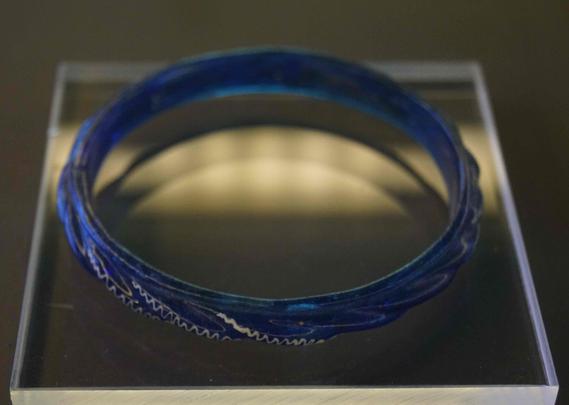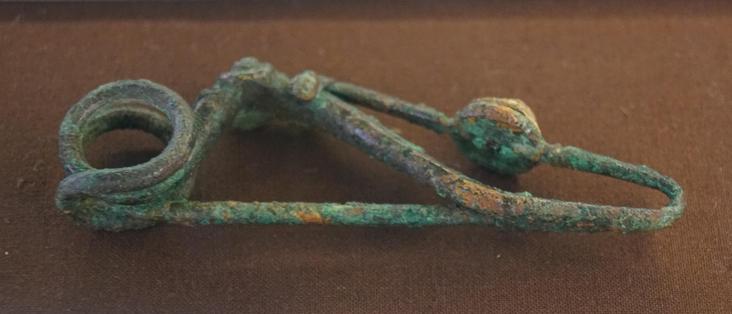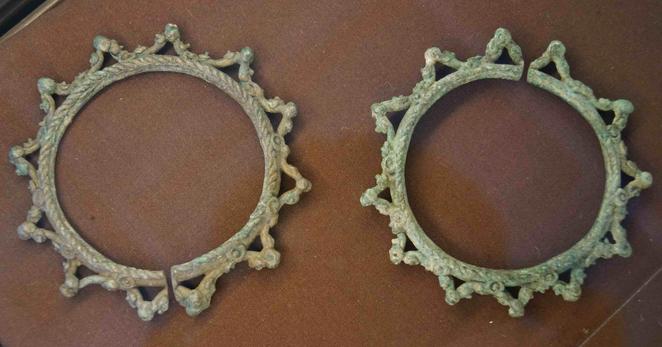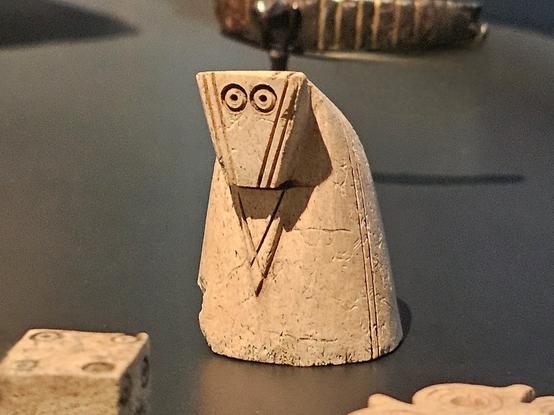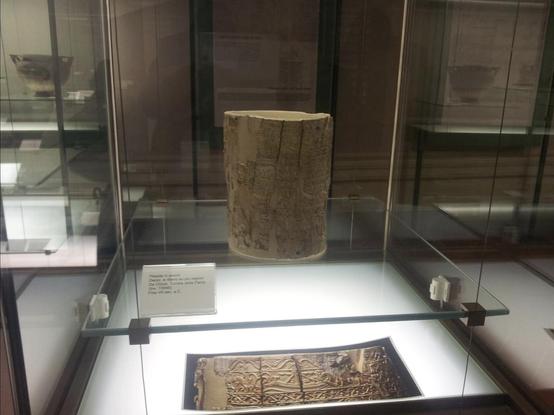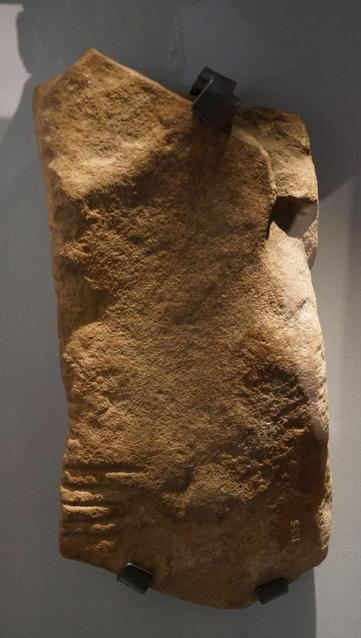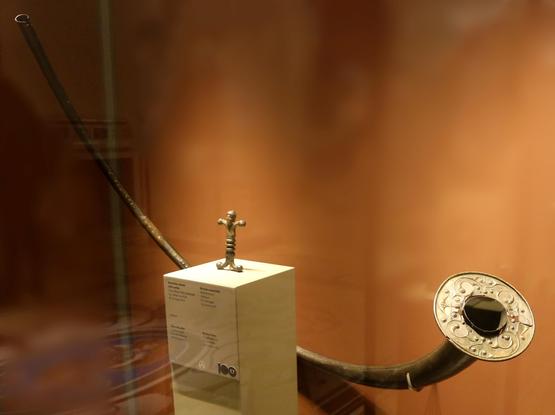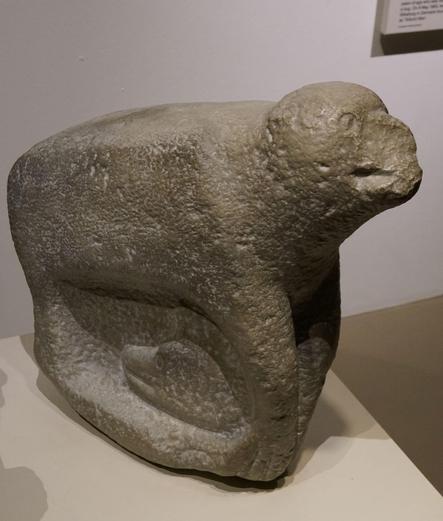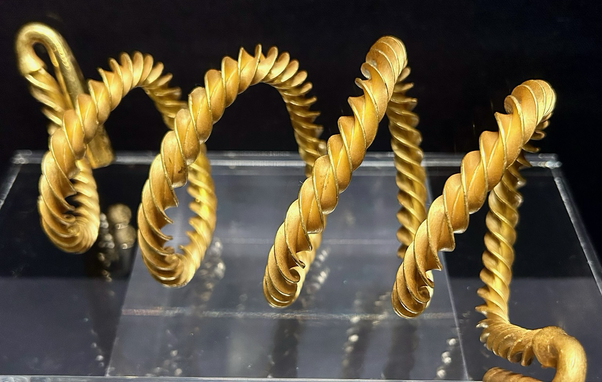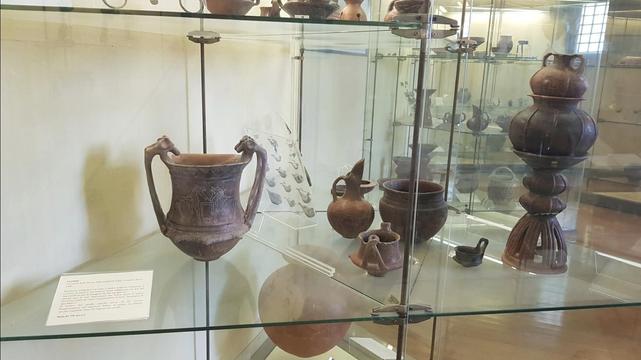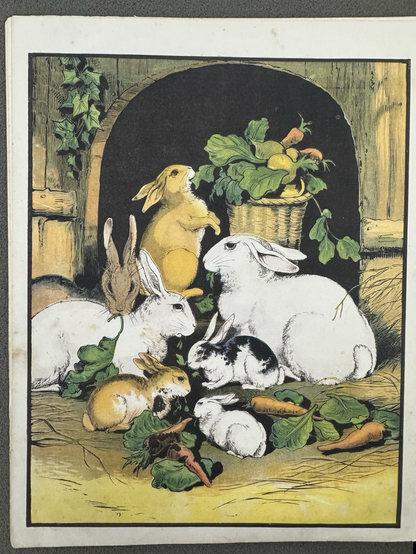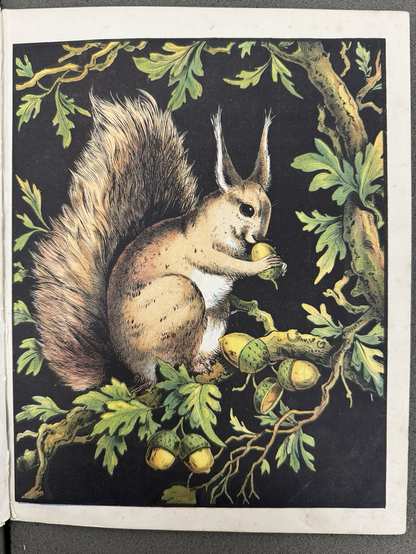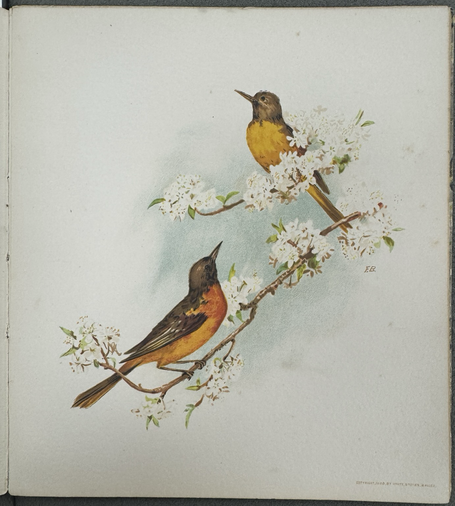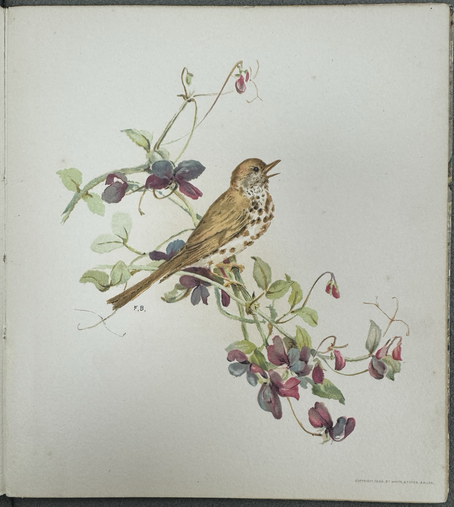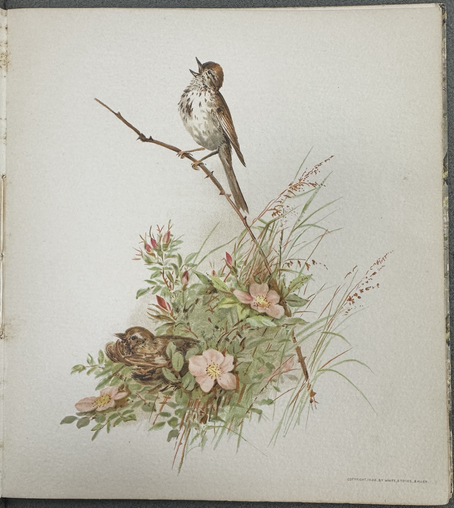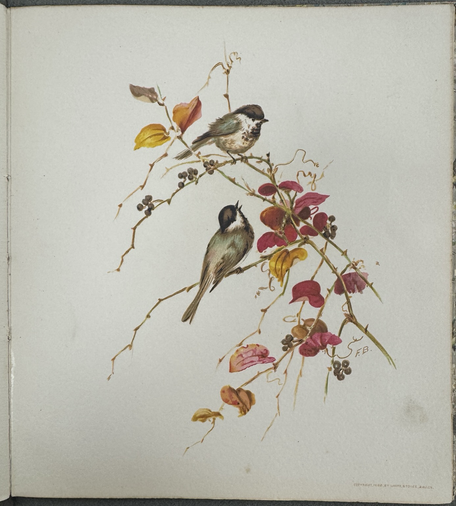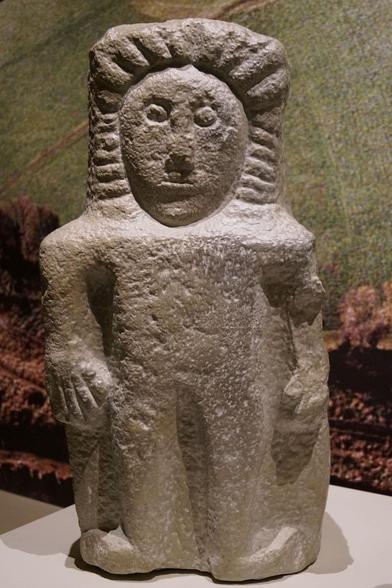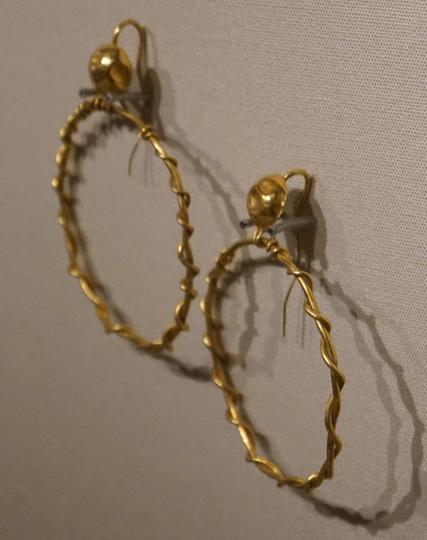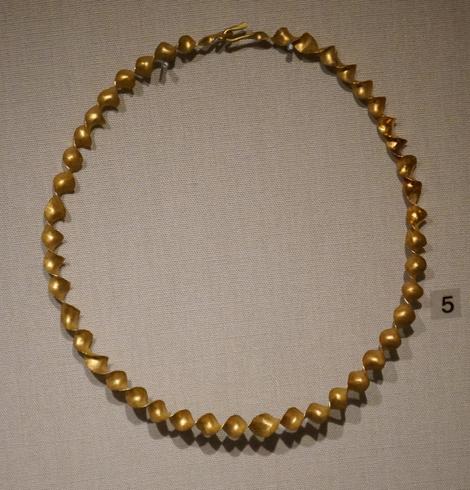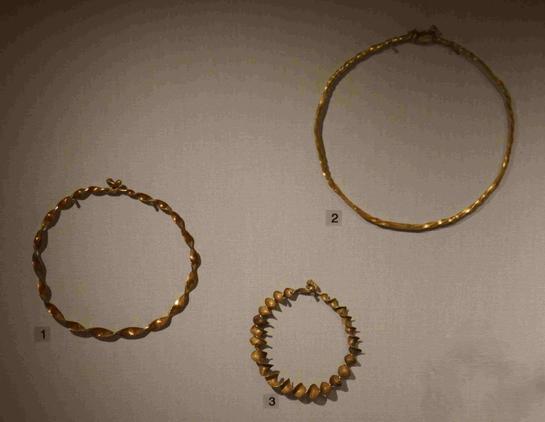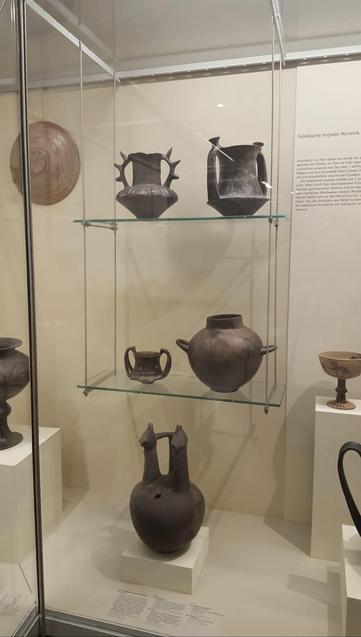#FindsFriday: #Celtic glass bracelet from Klein-Reinprechtsdorf, Lower Austria, 3rd cent. BCE
Source: MAMUZ Mistelbach, Lower Austria
#findsfriday
#FindsFriday: #Celtic Brooch from Haselbach, Lower Austria
Source: MAMUZ Mistelbach, Lower Austria
#FindsFriday: #Celtic Brooch from Haselbach, Lower Austria
Source: MAMUZ Mistelbach, Lower Austria
For #FindsFriday, a 5th C bronze seal for marking liturgical bread.
Casa Padellàs, #Barcelona #Spain 🇪🇸
#MuseumArchive #glam @museum @theology @religioushistory #religion #Christianity
#FindsFriday: The filigree pieces of jewellery were first modelled from wax, coated with clay and cast in bronze in a „lost mould“. Each piece has to be made individually in this way. #Celtic
Source: MAMUZ Mistelbach, Lower Austria
For #findsfriday the most adorable chess piece ever! A knight, made of antler. Dating 11/12th century
Found at the Burgstein, Lichtenstein-Holzelfingen.
📷 me
An ivory pyxis from Tomba della Pania at Chiusi. It dates to the seventh century BC, so it is a typical Orientalising finer find. It is in the National Archaeological Museum in Florence. The tomb is one of the 15 painted tombs at Chiusi. #FindsFriday
#FindsFriday: Bronze anthropomorphic sculpture (probably an attache of a vessel) from Mšec, Museum Nové Strašecí
#FindsFriday: `The earliest Irish writings are brief inscriptions on stone pillars in the ogham alphabet, a system of scores and notches. Some date from as early as the fourth century. They record only names and ancestry and say nothing about events.
This stone, now incomplete, is inscribed with the male name Netacú in the ogham alphabet. #Ogham inscriptions preserve the earliest written texts in the Irish language.` #Celtic
Source: Ulster Museum
#FindsFriday: `Rituals associated with life and death were integral parts of the Irish #IronAge.
An obsession with feasting and appeasing the gods with water offerings continued after the ritual destruction of Navan Fort, Co Armagh. At nearby Loughnashade human bones and four great bronze horns were found during drainage works. Only this example survives; it is 1.86m in length and made of rivetted sheet bronze with a decorated disc at one end.` #Celtic
Source: Ulster Museum
https://hear-me.social/@NeuKelte/114675967710468307
#FindsFriday: `Stone and wooden carvings depicting animals and human figures have been found in Ireland and the best examples come from Ulster. A group of statues are known from the vicinity of Armagh city and replicas of four of these statues are shown at the Ulster Museum. This dog is believed to be 'pagan' dating to the Iron Age.` #Celtic
Source: Ulster Museum
https://hear-me.social/@NeuKelte/114637720918286305
The Bronze Age ‘Corrard Torc’ which was found in a bog in County Fermanagh by a metal detectorist in 2009. Now part of the collections at the Ulster Museum in Belfast. 📸 My own. #FindsFriday #Prehistory #BronzeAge
I love these Faliscan impasto bruno kantharoi with horse engravings. They definitely appreciated their horses! From Civita Castellana from the cemetery of Penna, from the chamber Tomb 34 (LIII). Dated to the mid-seventh century. #FindsFriday
#FindsFriday:
Illustrations from _Our four-footed friends & favourites_ (London : T. Nelson & Sons, 1890s): #Dog - #Cats - #Rabbits - #Squirrel
another fun find from Winterthur Library’s special collections :)
#DogsInArt #CatsInArt
#FindsFriday:
Fidelia Bridges (USA, 1834-1923)
4 #bird illustrations, 1886; published in _Songsters of the Branches_ by Susie Barstow Skelding (New York : F. A. Stokes, 1889)
found today in Winterthur Library’s rare book collection :)
#BirdsInArt #WomenArtists
#FindsFriday: `Stone and wooden carvings depicting animals and human figures have been found in Ireland and the best examples come from Ulster. A group of statues are known from the vicinity of Armagh city and replicas of four of these statues are shown at the Ulster Museum. This standing human figure with stylised coarse hair or rays of sun is believed to be 'pagan' dating to the Iron Age.` #Celtic
#FindsFriday: #Celtic Earrings found near Limavady, County Londonderry
Source: Ulster Museum
#FindsFriday: #Celtic Ribbon torc, Rasharkin, County Antrim
Source: Ulster Museum
#FindsFriday: #Celtic Ribbon torc (1), Ballyshannon, County Donegal
Bar-twisted torc (2), County Roscommon
Ribbon torc (3), Inishowen. County Donegal
Source: Ulster Museum
Faliscan vases in the museum in Tübingen. The one on the left on top looks more like an amphora from Crustumerium. They have these long knobs decorating their handles. #FindsFriday
